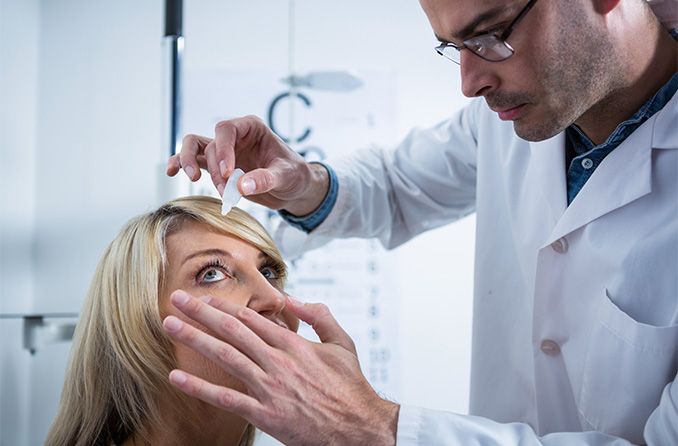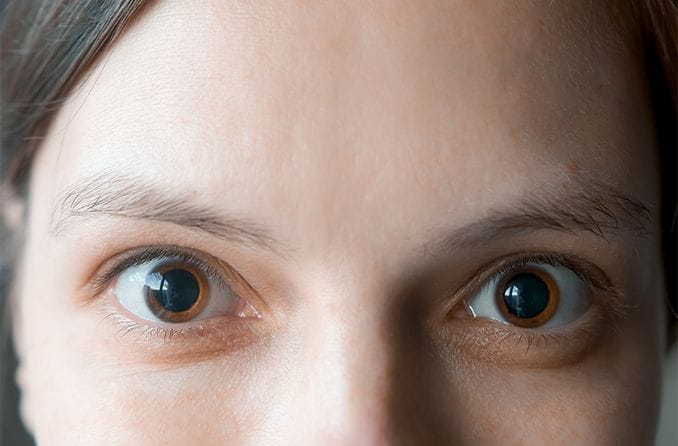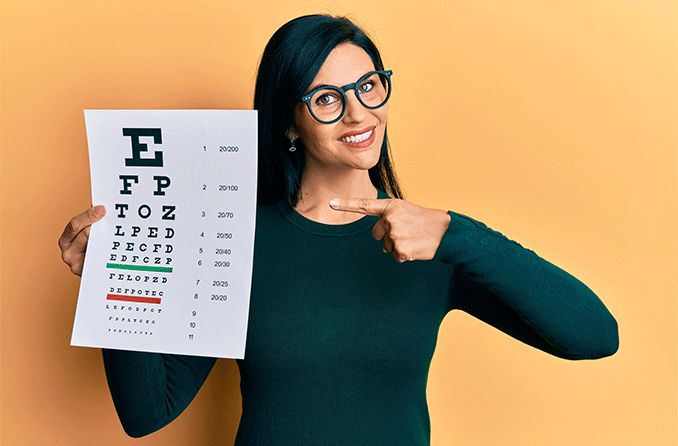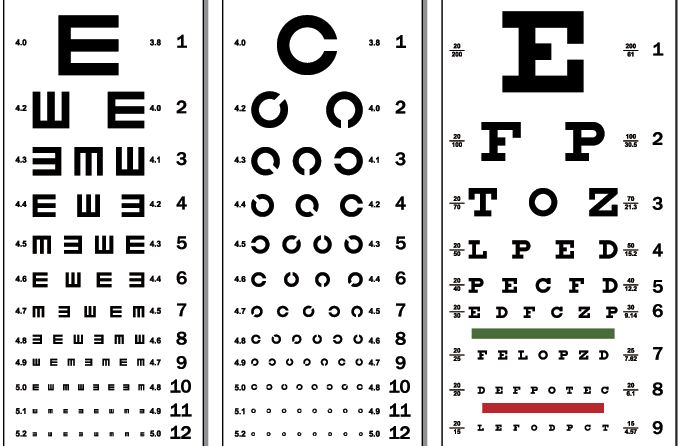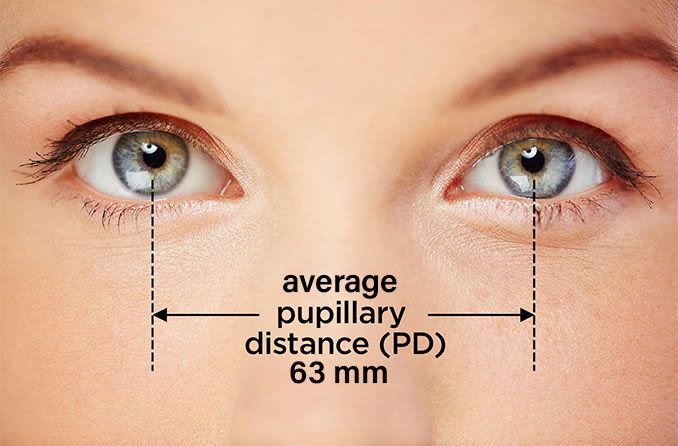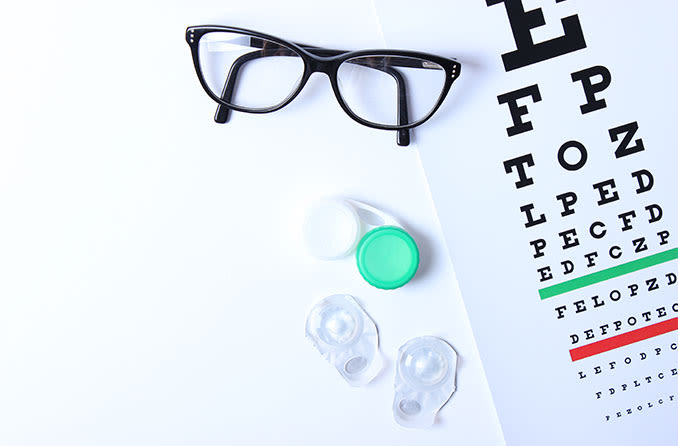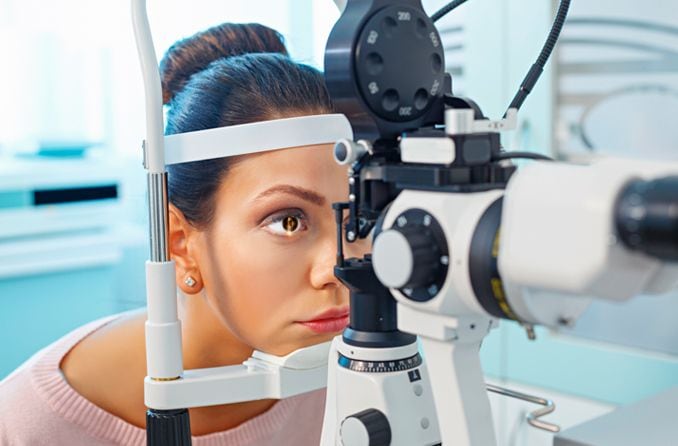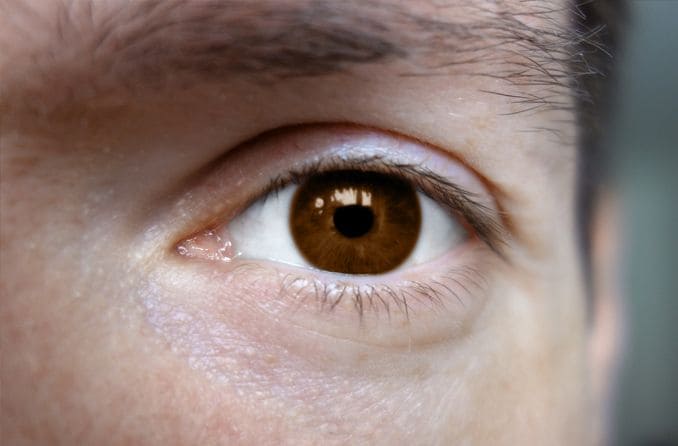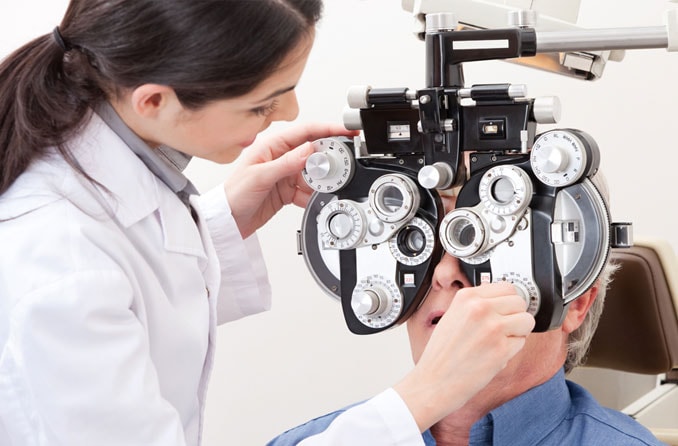What is a dilated eye exam?
A dilated eye exam is part of a comprehensive eye exam, in which an eye doctor checks your vision, determines your vision prescription (if needed) and assesses the health of your eyes.
The dilated portion of the eye exam takes place while your pupils are dilated, which allows your eye doctor to get a better look at the retinas and optic nerves using magnifying lenses and special light sources.
What happens during a dilated eye exam?
After assessing your visual acuity, your optometrist will put a series of drops into your eyes. These drops will stimulate your pupils, making them expand or dilate. Because the drops do not allow the pupils to constrict (get smaller), they provide larger “windows” for your doctor to view the back of your eyes.
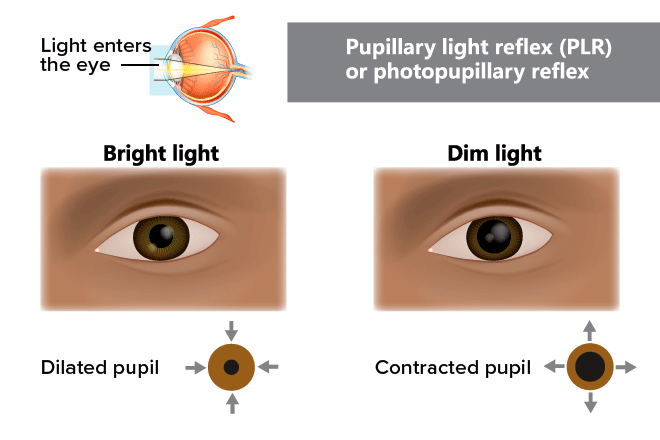
Most dilating drops take 20 to 30 minutes to reach their full effect. Once your pupils are fully dilated, your doctor will assess the health of the back of your eyes with a series of instruments. These tools allow for magnified views of the optic nerves and retinas.
Though inconvenient, the process of dilating your pupils is painless. After your pupils have been dilated, you will be sensitive to sunlight and experience blurred vision, mainly when viewing up-close objects.
READ NEXT: Glaucoma Awareness Month
Why eye doctors dilate your eyes
During part of the eye exam, your eye doctor will shine a light in your eyes to view the back of your eye and assess your eye health. But because pupils constrict when confronted with light, this does not allow for a full view of the retina and the exam process may be hindered.
Dilating your pupils provides the best of both worlds for your eye doctor: a well-lit view and a large pupil through which to inspect the far reaches of your eye.
The retina, optic nerve and blood vessels lie at the very back of your eye, and all need to be examined routinely for signs of potential health conditions. Clinical signs of conditions such as high blood pressure and diabetes can be noted in the retina and its blood vessels. Dilation enables your eye doctor to conduct a truly thorough examination of your eyes.
READ MORE: 8 things your eyes can reveal about your health
How dilation affects your vision
Your pupils will typically stay dilated for four to six hours, well past the length of your eye exam. This means that you’ll have to navigate the bright outside world while your eyes are still dilated.
The dilating drops used inhibit your focusing system, creating blurred vision up close while the pupils remain dilated.
Your large pupils also let in more light, which means you will be more sensitive to bright sunlight. To help tolerate this light sensitivity, bring sunglasses to wear after your appointment. If you forget, your doctor can give you disposable shades to take home.
Some patients prefer having someone take them to their eye appointment if the blurry vision and light sensitivity make driving uncomfortable.
READ MORE: What not to do after eye dilation
When do I have to get a dilated eye exam?
You do not have to have your pupils dilated during an eye exam. Advancements in technology in the last decade have created alternatives to pupil dilation. Previously, pupil dilation was simply part of the traditional eye exam, but now, optometrists have other options at their disposal. For example, retinal photography can capture images of the retina that in the past could only be viewed with dilation.
It’s become increasingly common for eye doctors to reserve a dilated exam if they’re concerned about the potential for certain serious eye conditions, including:
- Glaucoma
- Diabetic retinopathy
- Cataracts
- Age-related macular degeneration
If you’re at higher risk for developing any of these conditions, you may be more likely to need a dilated eye exam.
Optomap eye exams
The most popular alternative to a dilated eye exam is the Optomap retinal exam. This enables your doctor to inspect the back of your eyes without dilating your pupils.
Optomap technology uses a laser to digitally capture an image of your retina. This is even better than a dilated eye exam because those images offer your eye doctor a more permanent picture of your eye health. These images may be referenced at future eye health evaluations to monitor progression of many vision conditions.
Vision insurance does not always cover Optomap exams, so check with your insurance and your doctor to determine which option best suits your plan and health needs.
READ NEXT: Frequently asked questions about eye dilation: What is it, how is it done and why?
